- Home
- Blog
- Design Thinking
- Design Thinking Model

In this article, we will discuss the Design Thinking Model and Why is Design Thinking important? As we know, it is an ideology that concerns to solve complex problems with innovative and user-centric solutions. But it is a step-by-step process used to create and generate innovative solutions. Let’s dig deeper into this article to know more about Design Thinking.
What is Design Thinking?
Design Thinking is the non-linear continuous process that allows teams to understand users, redefine problems, challenge assumptions, and create innovative solutions to generate prototypes and tests. It is a methodology that aims to tackle complex issues such as wicked problems that are difficult to define and cannot be solved using standard approaches.
.png&w=1200&q=75)
The Design Thinking process puts the requirements of the user first. It helps create, innovate, user-centric, and actionable solutions that are desirable for users, viable for business, and technically feasible. The Design Thinking process allows you to find the best innovative solutions for complex problems, driven by users' requirements.
| Do you want to learn design thinking and become successful in this domain? Then enroll in "Design Thinking Online Training" this course will help you to achieve excellence in this domain. |
Why is Design Thinking more important?
In this 21st century, organizations from a wide range of industries find design thinking a valuable means to solve complex problems for the users regarding their services and products. Of all design processes, Design Thinking is the best for “thinking out of the box” so that it helps teams to perform well in UX research, usability testing, and prototyping to discover a new way to meet the user requirements
Design Thinking is a driving force in business that matches its status as a popular subject at leading international universities. Using Design Thinking, teams can generate great insights and apply hands-on methods to find innovative answers.
Five stages of Design Thinking
The five stages of the Design Thinking structure were presented by the Hasso-Plattner Institute of Design at Stanford. This five-stage Design Thinking process model includes Empathise, Define, Ideate, Prototype, and Test. Let’s get into the details of these five stages.
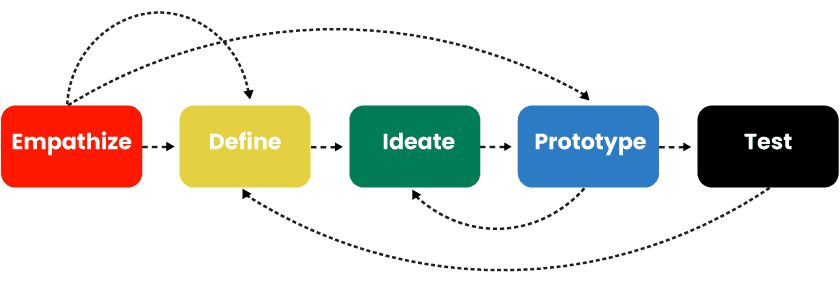
1. Empathize
The first stage of Design Thinking is - Empathize which helps to gain an empathic understanding of a problem to resolve. It allows finding more about the areas of concern by observing, empathizing, and engaging with people to understand their motivations and experiences with consulting experts' involvement.
Empathy allows design thinkers to keep their assumptions aside to gain valuable insights into users and their requirements. Based on time constraints, an amount of data is gathered at this stage is used to process the next stage. It helps to develop the best possible way to understand users, their problems, and the requirements used for the development of a specific product.
2. Define
The second stage of the design thinking process is - Define. In this stage, it allows you to analyze the data that is gathered in the first stage to define the primary problems. It enables users to define the problem as a problem statement in a human-centered way. This stage will help the designers develop functions, features, and other elements that easily resolve problems.
3. Ideate
Ideate is the third stage of the design thinking process; in this stage, the designers are ready to generate their ideas. Considering all the insights and problem statements, it allows us to identify new solutions and to start finding alternative ways of viewing the problem and using several Ideation techniques such as Scamper, Brainstorm, Worst Possible Idea, and Briainwrite.
Worst possible ideas and brainstorming are the most used ideation techniques used to stimulate thinking and enlarge the problem space. Choosing the best ideation technique helps you investigate and test the ideas to find the best way to solve the issue or provide the elements that need to be avoided.
4. Prototype
The fourth stage of the design thinking process is - Prototype can be shared and tested by the team, other departments, or a small group of people outside the design team. To make it simple, it is an experimental phase that aims to identify the best solution for identified problems in the first three stages.
By the end of this stage, the design team will finalize the idea of the product's constraints. The team should have a clear view of how the users would react, think, and understand the end product when working on it.
5. Test
The Last stage of design thinking is - Test, where the designers test the product with the best solutions identified in the prototyping stage. The results generated during testing are used to redefine the problems and inform the user's understanding, conditions, and how users react, think, and feel.
Also, in this stage, refinements and alterations can be made to strike the problem solutions and derive a deep understanding of the product and users.
These five stages identify the five modes that you would expect to carry out in a design project to solve any innovative problem. Every project has to go with the activities specified to the product under development, but each stage's essence remains the same.
| Related Article: Design Thinking Interview Questions and Answers |
Ten Models for Design Thinking
The following are the ten models that are used to contrast and compare human-centered techniques.
1. Austin Center for Design, Educational program
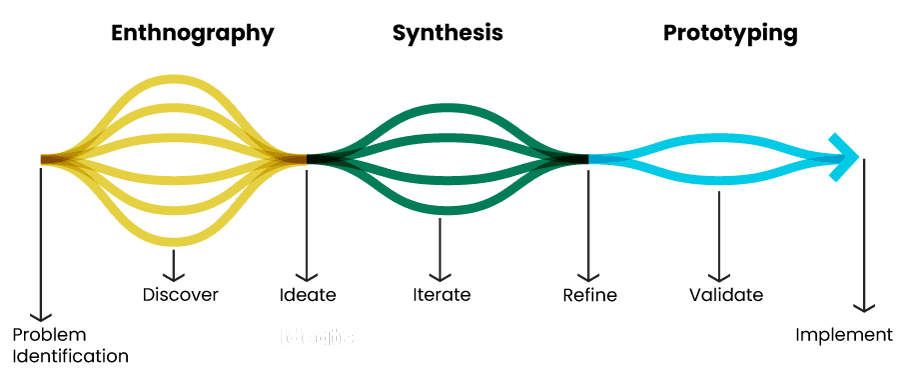
2. DEEP Design Thinking, Design Educator Mary Cantwell
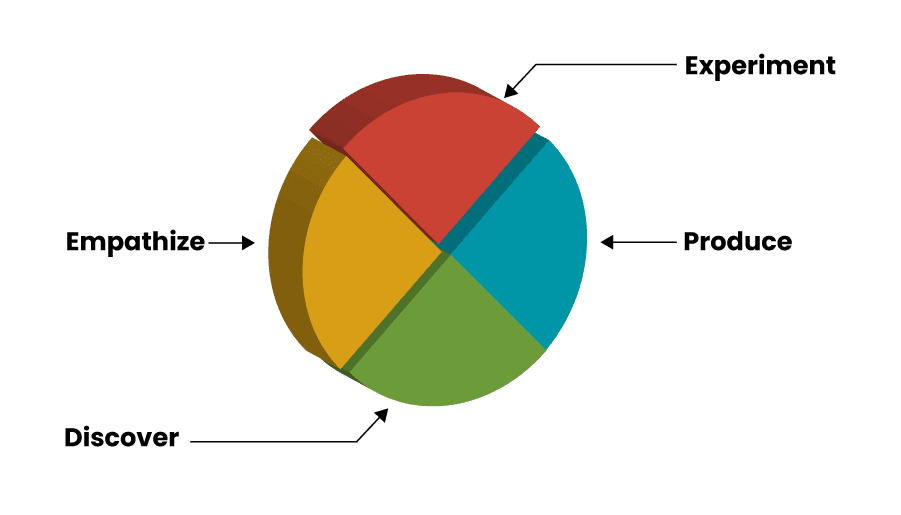
3. Design Council UK, Charity for Strategic Design
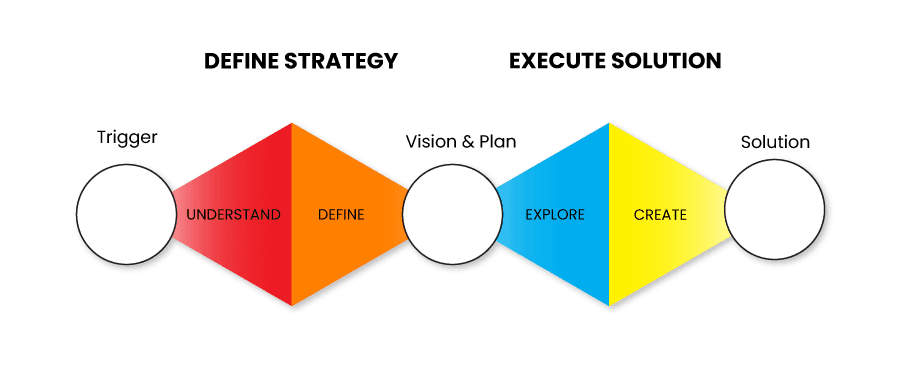
4. Design for America, Student Social Innovation Firm
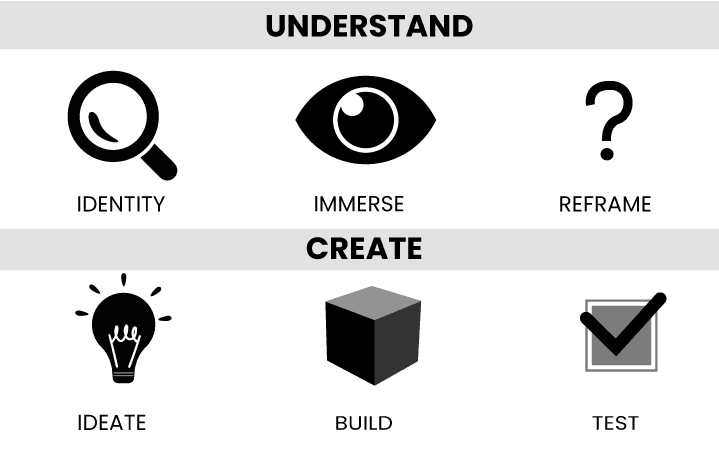
5. Google Design Sprints (I)
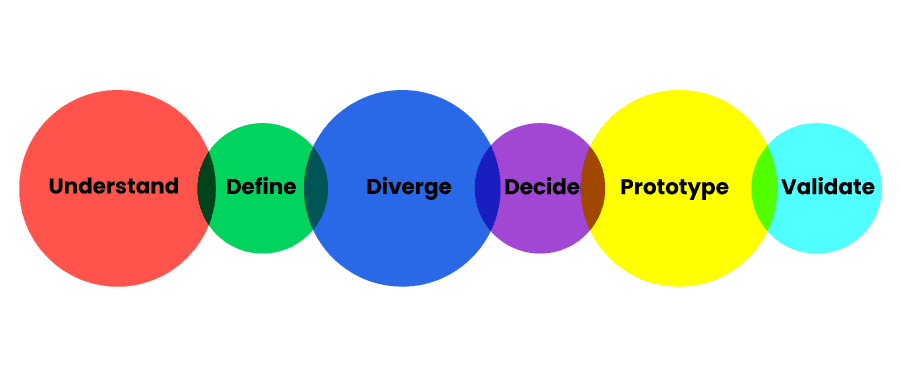
6. Google Design Sprints (II)

7. Hasso Plattner Institute of Design at Stanford
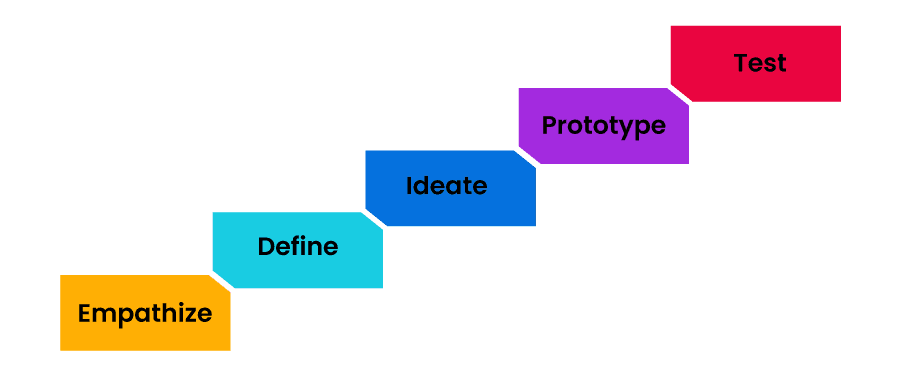
8. IDEO, International Design, and Consulting Firm
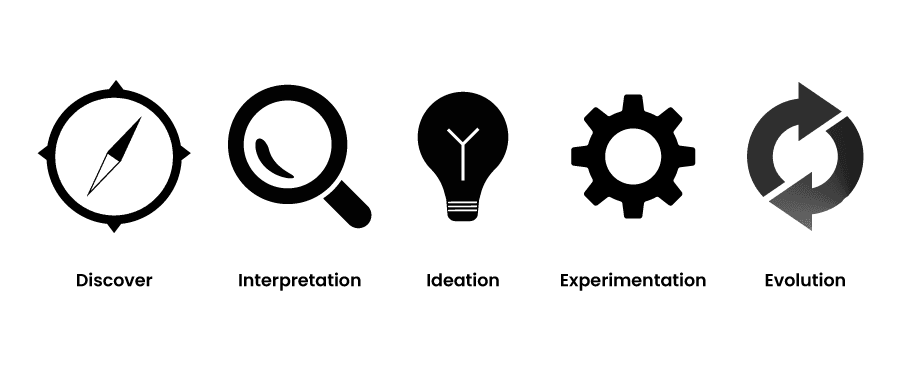
9. SAP, Software Programming Company (I)
10. SAP (II)

Design process change over organizations and fields, and the consistent value of collaboration, empathy, and iteration will remain the same.
Conclusion
The Design Thinking process is flexible, iterative, and focuses on collaboration with users and designers. Some of the leading brands like Apple, General Electric, Google, Samsung, etc. have adopted the design thinking process. Design thinking aims to design better services, processes, spaces, architecture, experiences, strategies, and products. It helps to develop innovative and practical solutions for the problems.
 On-Job Support Service
On-Job Support Service
Online Work Support for your on-job roles.

Our work-support plans provide precise options as per your project tasks. Whether you are a newbie or an experienced professional seeking assistance in completing project tasks, we are here with the following plans to meet your custom needs:
- Pay Per Hour
- Pay Per Week
- Monthly
| Name | Dates | |
|---|---|---|
| Design Thinking Training | Jan 17 to Feb 01 | View Details |
| Design Thinking Training | Jan 20 to Feb 04 | View Details |
| Design Thinking Training | Jan 24 to Feb 08 | View Details |
| Design Thinking Training | Jan 27 to Feb 11 | View Details |
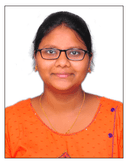
Keerthana Jonnalagadda working as a Content Writer at Mindmajix Technologies Inc. She writes on emerging IT technology-related topics and likes to share good quality content through her writings. You can reach her through LinkedIn.













